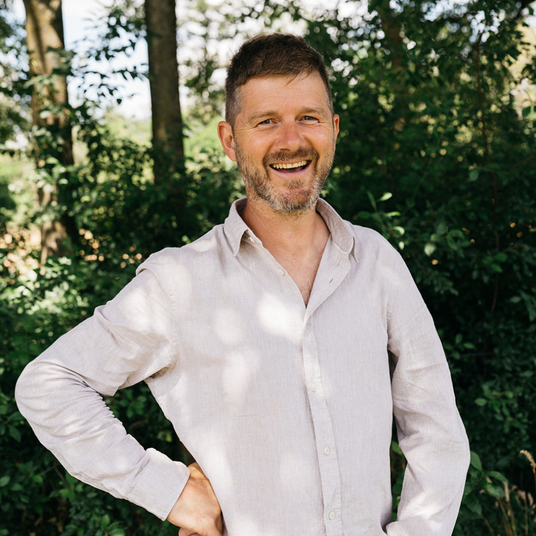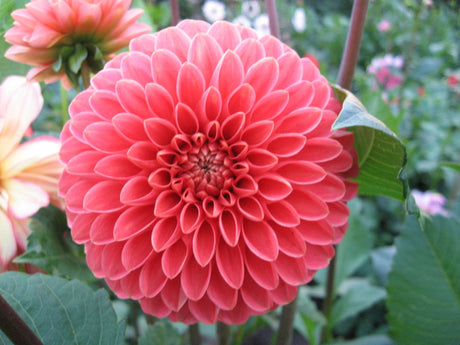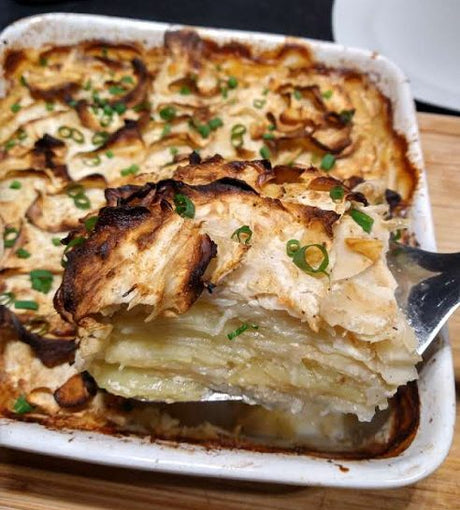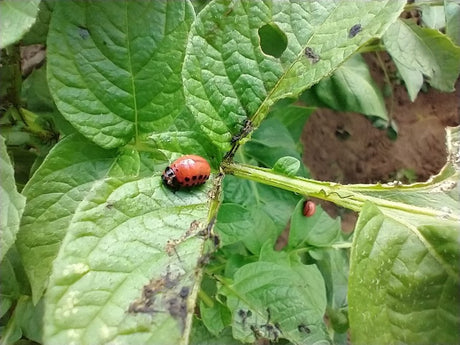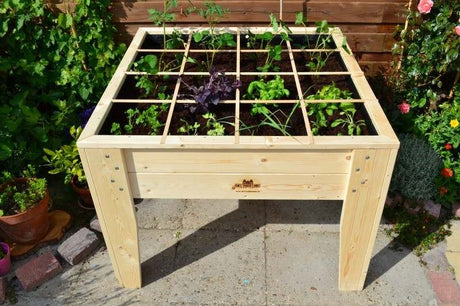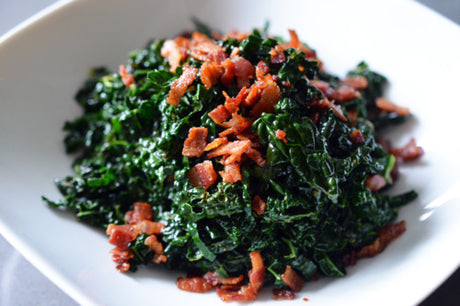Sowing Pak Choi or Chinese Cabbage - Growing Delicious Green Crunch
First a little more about the difference
Tatsoi, bok choy, pak choi, Chinese cabbage,
mizuna / mustard lettuce, ... All delicious trendy and healthy vegetables that are very easy to sow in the vegetable garden. In this article I talk about the Asian cabbages pak choi, bok choy and Chinese cabbage. The differences between pak choi and bok choy are minimal. Chinese cabbage looks different.
Paksoi and Boksoi are also called white Chinese cabbage and belong, just like Chinese cabbage, to the Chinese brassicas or cabbage crops. Paksoi has fairly thick white stems with a lovely light to deep green leaf. Their size varies from 10 to 25 cm high. The plant is edible from top to bottom, the taste is excellent. For the sake of simplicity, I call this Chinese cabbage type paksoi.
Where pak choi looks like a bunch of cabbage leaves, Chinese cabbage is a kind of elongated head cabbage. Finely chopped, you can use Chinese cabbage in your favorite wok dishes, the taste gives a real 'kick' to the taste, just like that of pak soi. The jars of chili, fish and soy sauce are already jumping in your cupboard. The lemongrass, ginger and
garlic can't wait to go in the pan. The young pak choi leaves are also indispensable in your autumn salads.
But first, grow pak choi and Chinese cabbage ourselves in our vegetable garden. The cultivation method is the same for Chinese cabbage and pak choi (boksoi), but note that the sowing and planting distances differ.

Paksoi

Chinese cabbage
Did you know that Chinese coal:
- be extremely healthy as an antioxidant and that folic acid and selenium repair damaged cells in your body?
- You can also eat too much of it. So limit yourself to 2 x pak choi per week
- Chinese cabbage drinks a lot. So you need enough water in the vegetable garden
What kind of soil do Chinese cabbage varieties like?
It will come as no surprise to you that pak choi and Chinese cabbage also appreciate a soil with a lot of decomposed compost . A handful (40 grams) of universal organic fertilizer granules per m2 are sufficient to grow your Asian cabbages. The fresher the compost you add, the less fertilizer granules you need to add. These vegetables do not like to be transplanted or wasted. It is therefore best to sow the pak choi seeds and Chinese cabbage seeds in open ground. You can also buy pak choi plants and Chinese cabbage plants in this webshop from March to June.

Paksoi and Chinese cabbage sowing instructions
Choose a sunny spot in your vegetable garden or a spot with partial sun and partial shade. These Chinese cabbages prefer to grow in cooler temperatures. So don't sow them just before summer.
Sow your
seeds 1 cm deep. Sow two seeds every 25 cm (bok choy) to 45 cm (Chinese cabbage) and leave 45 cm (bok choy) and 70 cm (Chinese cabbage) between the rows. Keep your
seeds well moist. If you have an irrigation
system , place a microporous hose next to your rows. This ensures that the
seeds never dry out and the young plants never have to go without water. Once you have plants of 5 to 10 cm tall, you can remove the drip hose and mulch the soil with
compost or wood chips.

In which months can you sow and/or plant pak choi and Chinese cabbage?
Sow Chinese cabbage from mid-July to the end of August. Then the plants will grow into adult plants after germination in early autumn. If they are too warm and dry they will bolt. In the
greenhouse or garden cupboard you can even sow them in September. It works very well when a spot becomes available after the early tomatoes.
Crop protection in other words 'Eat your own cabbage'
The larvae of the cabbage fly but also those of the cabbage white are crazy about your vegetables. So invest in a quality
insect screen . A mesh size of 1.54 x 0.97 mm is sufficient (90gr / m² in
our webshop ).

High-quality
insect netting , a sustainable investment in your vegetable garden.
It is also important (as with many cabbages and leafy vegetables) that you think about
snail control (link to article) all year round.

Paksoi is growing back
Harvesting Pak Choi and Chinese Cabbage
The plant needs 90 days to germinate before you can harvest it. With pak choi you can harvest the mature outer leaves of the plant. This way the plant produces more and more cabbage. Harvest the Chinese cabbages when they are mature by cutting the cabbage 4 to 6 cm from the base. This way you encourage a second harvest, the plant often grows back).
Finally
Hopefully you will get started with these vegetables because they are really worth growing. If you find this information interesting and valuable, share the article with your vegetable garden friends. If you want to support this site, you can do so by purchasing your vegetable garden supplies in
our webshop . With the discount code 'biomoestuin' you get 5 euros discount on your first purchase.
Good luck growing these vegetables.
Tom
Myself in my vegetable garden
 Paksoi
Paksoi  Chinese cabbage
Chinese cabbage

 High-quality insect netting , a sustainable investment in your vegetable garden.
High-quality insect netting , a sustainable investment in your vegetable garden.  Paksoi is growing back
Paksoi is growing back

